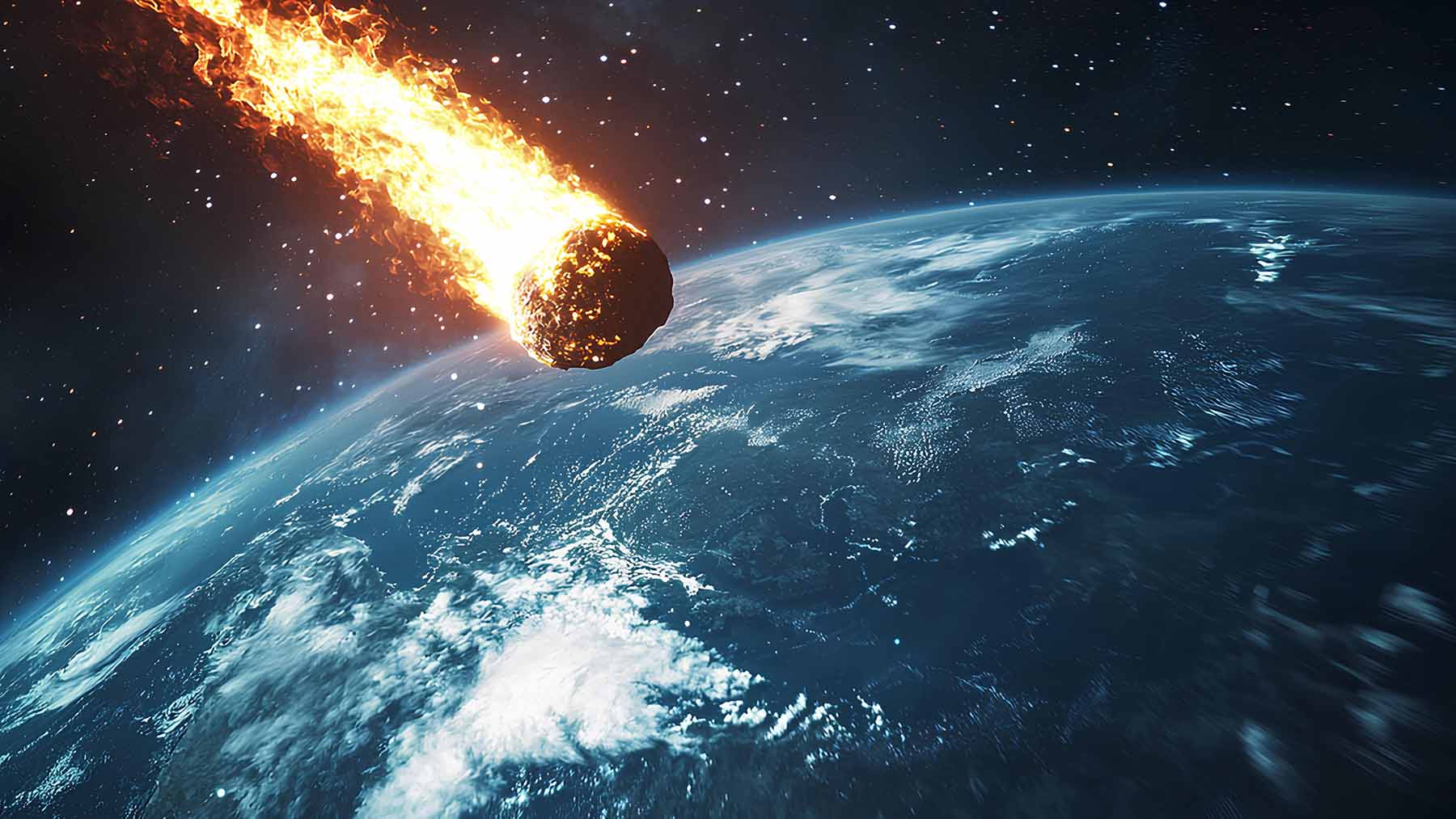Something the size of a skyscraper is floating through space, slowly, silently, but headed toward something we see every night. That’s Asteroid 2024 YR4. And yeah, at one point, it looked like it might hit Earth.
The good news? It’s not going to happen. NASA has been tracking and studying the asteroid for a while now, and they’re sure, is drifting closer to the Moon.
Thanks to new data from the James Webb Space Telescope, scientists saw a tiny shift in its orbit, and it was just enough to matter. The chances of a lunar impact went from 3.8% to 4.3%. That may sound like nothing, but in space, that’s a real difference.
National Geographic picked it up. So did CNN. If this thing actually hits the Moon, we might see it from here. A flash. A plume of dust. Maybe even some of that fine lunar material floating toward us (not in a dangerous way), just… unexpected.
What we know vs. what we’re still figuring out
Here’s the timeline: based on its current orbit trajectory, the asteroid won’t come close to the Moon until 2032. But a key moment will happen earlier, in 2028. That’s when it swings back near Earth, and we’ll get a much clearer picture of its path.
Until then, we can only wait. Space agencies—not just NASA—are on it. They’re watching the asteroid using some of the most advanced space telescopes they’ve got. It’s a game of data now. Track the orbit. Measure the speed. See how close it gets.
The weird thing? This is becoming kind of normal. Our ability to detect objects like this and to track them over time has gotten better and better, thanks to tech like the James Webb Space Telescope, which doesn’t seem to miss a thing. If we can continue to get stories like this one. That’s a heads-up about a possible cosmic impact, years in advance.
If it hits the moon… Are we in trouble?
Maybe a little. The Moon’s been hit a lot over the last few billion years. But this time, we will see it. In real time. With our own eyes, or maybe through a backyard telescope. And that’s not something we get to witness very often.
But it’s too early to know exactly what the real risks could be; we have to patiently wait until 2028 for more information.
CNN said some of the material from the impact could even reach Earth. Not big rocks, nothing really dangerous. Just fine grains of lunar dust, drifting through space. Scientists are excited, not scared. It’s a chance to study what happens when an asteroid smacks into a solid body we actually live near.
It also helps us think through what to do if something ever does head straight for Earth. The Moon is a kind of dress rehearsal. A practice run. A reminder that space doesn’t stop.
Why it feels so personal
Asteroid 2024 YR4 isn’t the biggest rock out there. It’s not headed for Earth. But there’s something weirdly humbling about knowing it’s out there, moving through our solar system, on a course that might lead it straight into one of our neighbors, the Moon.
And the fact that scientists saw it? That they’re tracking it, talking about it, and preparing us for it—that’s kind of amazing. It shows how far we’ve come. How tools like the James Webb Space Telescope aren’t just about deep galaxies but the space in our own backyard.
So yeah, there’s a rock out there. And it might hit the Moon in 2032. We’ll know more in 2028. And in the meantime? We keep watching and preparing for this phenomenon to arrive.
